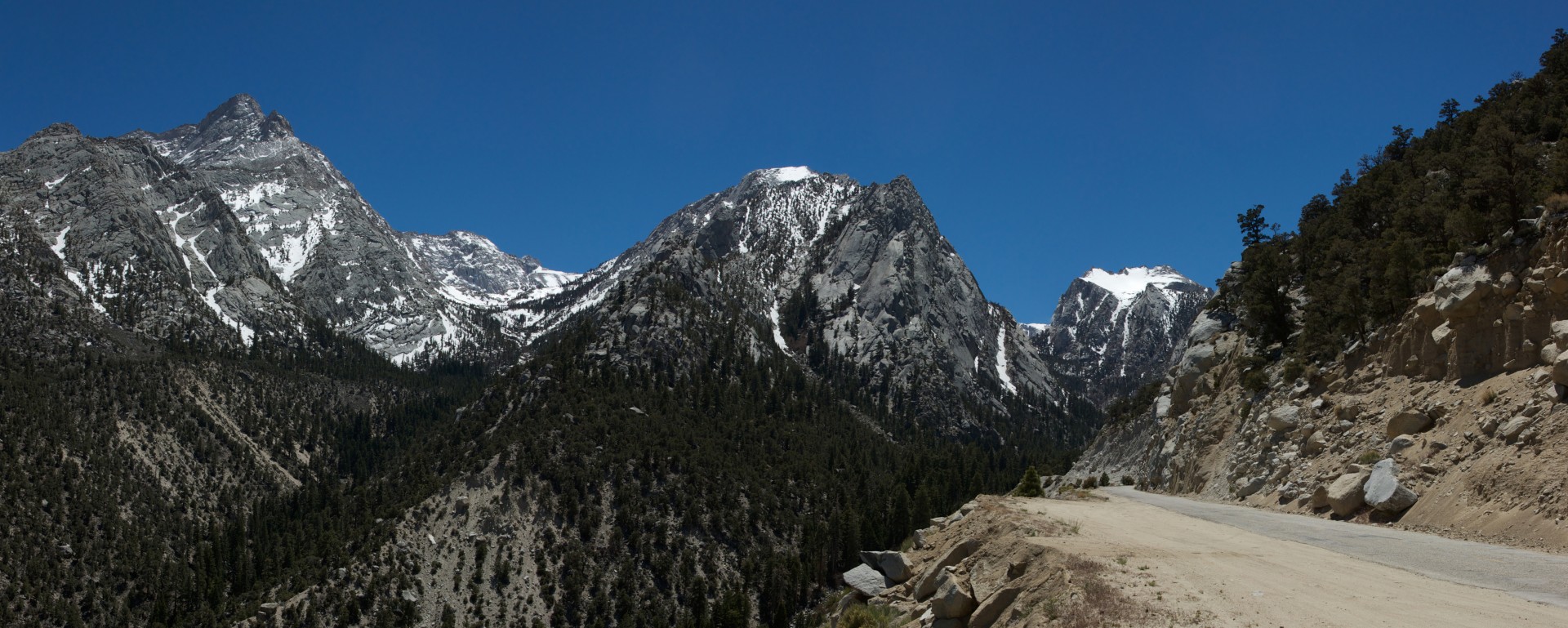
Altitude sickness is a group of symptoms that can strike if you walk or climb to a higher elevation, or altitude, too quickly. At higher altitudes, the pressure of the air around you (barometric pressure) decreases so there is less oxygen in surrounding air. People can live comfortably at moderately high altitudes, but the body must make some adjustments, and this takes time.
There are three main types of altitude sickness, acute (mild) altitude or mountain sickness, High-Altitude Pulmonary Edema (HAPE), and High-Altitude Cerebral Edema (HACE). Acute Mountain Sickness (AMS) is the mildest form and it's very common. HAPE is a buildup of fluid in the lungs that can be very dangerous and even life threatening. HACE is the most severe form of altitude sickness and happens when there's fluid in the brain; it's life threatening and you need to seek medical attention right away.
Symptoms of Acute Mountain Sickness can include: Headache that is not relieved by over-the-counter pain medicine, nausea or vomiting, dizziness or lightheadedness, weakness or fatigue, difficulty sleeping, loss of appetite.
Symptoms of High-Altitude Cerebral Edema can include: Worsening headache and vomiting, walking with a staggering gait, confusion, exhaustion, visual hallucinations (seeing things that are not real), changes in the ability to think, changes in normal behavior, or coma (in advanced cases).
Symptoms of High-Altitude Pulmonary Edema include: Chest tightness or fullness, extreme fatigue, inability to catch your breath; even when resting, blue or gray lips and fingernails, coughing; which may produce pink frothy fluid, fever (temperature is above normal but is less than 101° Fahrenheit), noises when breathing; such as rattling or gurgling sounds.
Diagnosis: You must be able to recognize the early symptoms of altitude sickness, and you should watch carefully for symptoms when you are at risk, because altitude illnesses can be life threatening.
If a headache is your only symptom, you should stop climbing and take a mild pain reliever. If you have a headache that does not go away or if you have other symptoms that suggest AMS, this illness can be diagnosed without tests. High-altitude cerebral edema can make it difficult to walk a straight line, and can lead to changes in thinking, hallucinations or an unexplained change in personality. If a person has these symptoms at high altitude, you should assume that the person has HACE. A person with these symptoms should descend immediately and seek medical care. Recognizing high-altitude pulmonary edema can be difficult in its early stages because fatigue may be the only sign. Symptoms that should be of concern include difficulty exercising, dry cough, rapid heart rate (more than 100 beats per minute), and shortness of breath while resting.
Prevention: The best way you can lower your chance of getting altitude sickness is through acclimatization. That means you let your body slowly get used to the changes in air pressure as you travel to higher elevations.
Some of the basic guidelines for acclimatization are:
- Start your journey below 10,000 feet. If you have to fly or drive somewhere that's higher up, stop at one destination that's lower for at least a full day before going any higher.
- If you walk, hike, or climb over 10,000 feet, only go up an additional 1,000 feet per day. For every 3,000 feet you climb, rest at least a day at that height.
- "Climb high and sleep low": If you have to climb over 1,000 feet in a day, make sure you come back down to a lower altitude to sleep.
- Drink 3-4 quarts of water every day and make sure about 70% of your calories are coming from carbs.
- Don't use tobacco, alcohol, or other medications, such as sleeping pills.
- Know how to identify the first signs of altitude sickness. Immediately move to a lower elevation if you start to develop these symptoms.
When to call a professional: People with altitude sickness may not realize they are ill or that their symptoms are worsening. If you are accompanying someone who has symptoms of altitude sickness, help that person move to a lower altitude and consult a doctor as soon as one is available.
https://www.webmd.com/a-to-z-guides/qa/what-are-the-different-types-of-altitude-sickness
https://www.health.harvard.edu/a_to_z/altitude-sickness-a-to-z
https://www.webmd.com/a-to-z-guides/altitude-sickness#1
Whenever a job is being performed in areas with higher altitude than what an employee is accustom to, it is greatly encouraged to create a job safety analysis (JSA) that includes the safety measures that need to be considered to avoid altitude sickness. A JSA software that can assist in the creation of a job safety analysis, also known as a job hazard analysis, is JSABuilder. JSABuilder walks users through the creation of a JSA worksheet or activity hazard analysis form. Set up a free trial account today and follow JSABuilder on Twitter @JSABuilder, where we Tweet about Health and Safety, provide Safety tips, and updates on current Health and Safety topics.